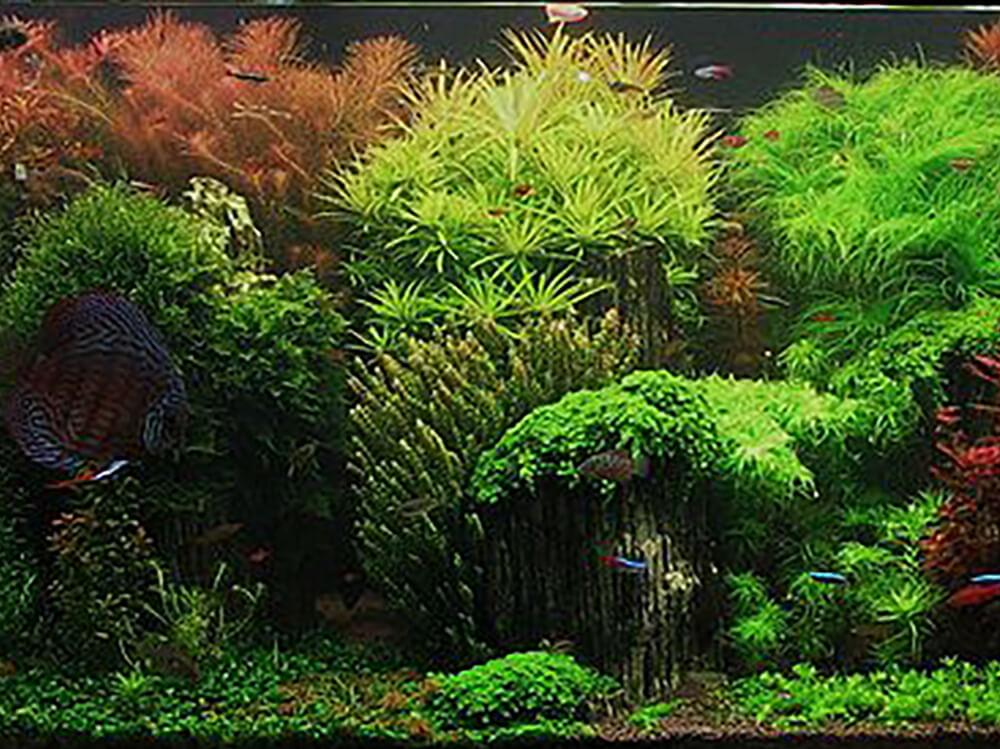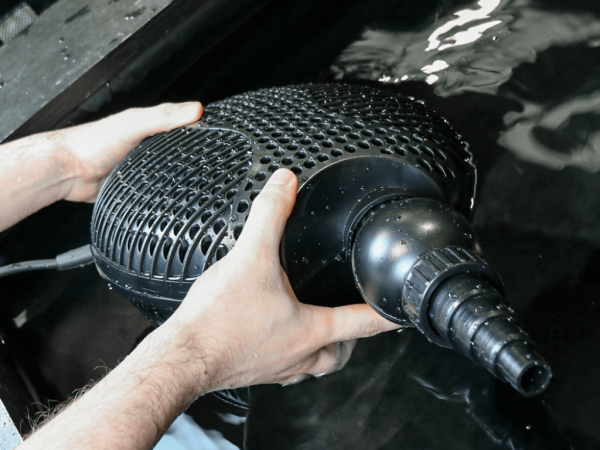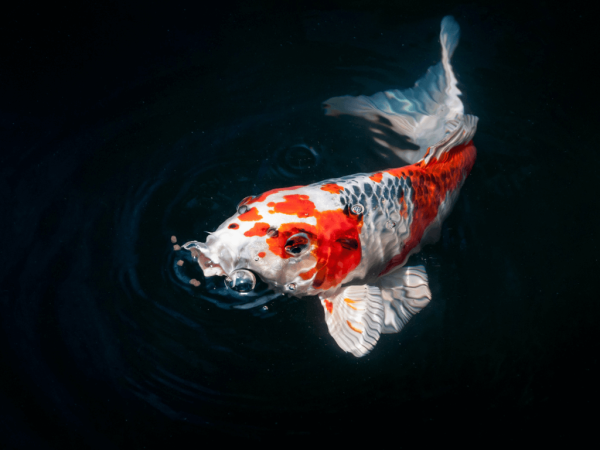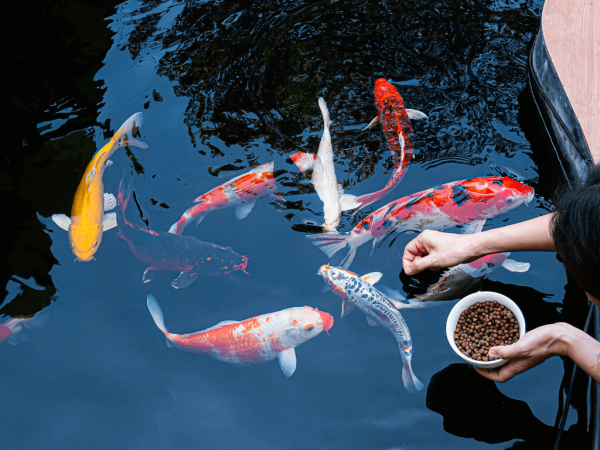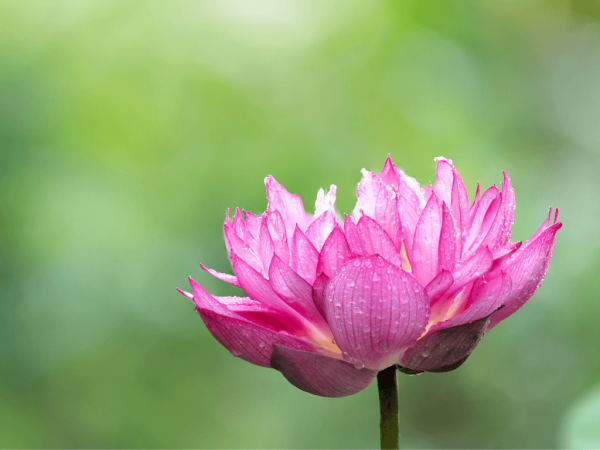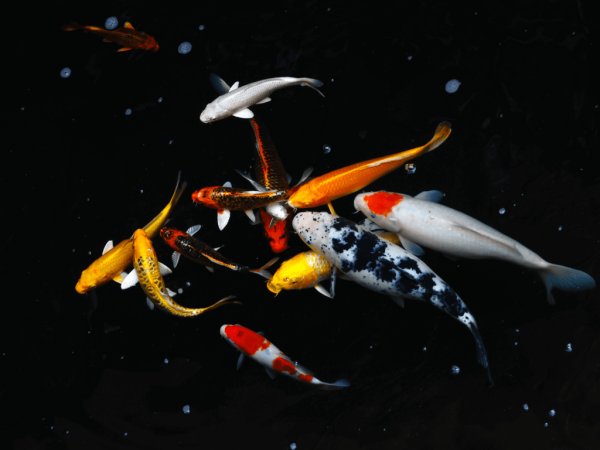How to grow aquarium plants
As aquatic spectacles go, few vistas beat a planted aquarium. Whether it’s for some habitat correct greenery in a biotope, a Japanese inspired aquascape, or just to brighten up a freshwater tank, live aquatic plants have both form and function, and can benefit the fish that live alongside them, as well as their owners.
The advantages of live aquatic plants
Aquatic plants can benefit coldwater and tropical freshwater aquariums in a number of ways. When plants photosynthesize they produce oxygen, and then consume carbon dioxide, and aquatic plants are no different. The term “oxygenating plants” is often tagged onto submerged pond plants like Elodea, Egeria and Lagarosiphon, but in truth all aquatic plants photosynthesize, and produce oxygen.
Plants also utilise nutrients as they grow, using them as a fertiliser. In an aquarium without plants, spare nitrate and phosphate can contribute to nuisance algae growth, but in an aquarium full of healthy growing plants, algae actually struggles to take hold.
Plants fight algae in two other ways. Some believe that certain aquatic plant species release natural chemicals into water to fight off, repel and retard algae. If plants get covered in algae they can’t grow, so over millions of years they have developed allelochemicals to fight algae and each other, securing their particular piece of real estate, and room to grow.
Plants also help to prevent algae by shading. Fast growing species and floating plants grow across the surface, cutting down the available light beneath, which would otherwise be available for algae to grow.
Natural spawning mops
Plants provide cover for small fish from predators, and camouflage larger fish so that they can stalk smaller ones. Many fish species naturally inhabit planted areas in lakes, ponds and rivers, and use plants for cover, somewhere to feed, and somewhere to breed.
Fish eggs and fry are tiny when first born or hatched, so naturally gravitate towards plant thickets, plant roots and fine leaved plants where other fish can’t get to them. The eggs of many egg scattering species are also adhesive, deliberately laid over and in plants, where they stick to roots and leaves and are offered protection from predators.
Include live plants in an aquarium and lots of fish may use them as part of breeding, from Angelfish laying eggs on an Amazon sword plant, to gouramis using floating plants to build and anchor their bubble nests. Plants can even provide essential first foods for many fish fry, by harbouring tiny living organisms like rotifers and copepods. In planted aquaria new fish can often appear, spawned on, raised, fed and protected completely by the plants.
Aesthetics
And then there are the aesthetics. As a species, humans are natural gardeners, farmers, forest dwellers, and gain relaxation from being surrounded by plants. Planted tanks can act as natural stress relievers but also as interior decoration, enhancing any space, and bringing a slice of nature to any room.
What you’ll need to grow plants
Here at Swell UK we have everything you need to grow plants, including the plants themselves! Here are some items you’ll need to help ensure success:
The right light
Aquatic plants need plant specific lighting with the right spectrum in order to encourage photosynthesis. Choose LED lighting specifically designed to aid plant growth, and ensure that you fit enough of it to your planted tank. Reflectors are available for aquariums with T8 or T5 fluorescent light tubes, focussing all the light down into the aquarium, and increasing overall brightness in the tank. A Seneye device can also be used to measure the amount of light available to plants.
Substrate
Good plant growth starts at the roots. If starting from scratch, place a base layer of fertiliser down first, then cover it with a deep layer of gravel. For those who crave the Creme de la Creme, special aquatic soils can be used exclusively to provide soft anchoring and nutrients to the most demanding of plants, and the perfect base layer to arrange wood and rocks on, for aquascaping.
For established tanks gravel substrates can still be enriched by pushing fertiliser tablets into the gravel. For all aquatic plants, the deeper the substrate layer, and the more nutritious the substrate, the better. Aim for a minimum of 2”/5cm at the front of the tank, rising up to 4”/10cm or more at the back.
Liquid fertilisers
All successful planted aquaria use liquid fertiliser on a regular basis. By dosing daily or weekly, plants can absorb nutrients directly through their leaves, removing any risk of deficiencies, which would otherwise weaken the plant. Plant fertilisers are available either individually like Iron for example, or Complete, where all the plant nutrients are combined into one easy to dose bottle. Liquid plant food containing Nitrogen, Phosphorus and Potassium (NPK) are also available for those who require it, and ensure lush plant growth, even in heavily planted aquaria, and those that contain few fish.
CO2
Carbon Dioxide is absorbed by plants as they photosynthesize, and produce oxygen. Add more CO2 to a planted tank in the daytime, and plants will grow a lot more strongly. Some demanding plant species like Glossostigma actually require extra CO2 injected into the water if they are to grow and thrive. CO2 can be dangerous to fish, so an aquatic CO2 kit is necessary in order to deliver small, controlled amounts of CO2 to plants during the daytime. Plants release carbon dioxide back into the tank at night.
CO2 kits vary from small, inexpensive aerosols and yeast based kits, to pressurised bottles with precision, needle regulators. Any CO2 is better for plants than no CO2, but stable CO2 levels are key, and the pressurized systems with regulators are the best way to achieve that. CO2 can be diffused into the aquarium in a number of ways, and then monitored using a permanent CO2 test kit.
Tools
Gone are the days when plants have to be pushed into the substrate with bare fingers, and now tools are available to enable precision planting, even of tiny plants. Use aquascaping tweezers and scissors to plant and tend your own underwater garden.
Bunched plants, potted plants and tissue culture
Live plants are available to buy in a number of ways. Bunch plants are like cut flowers, where stems are cut through with scissors and then held together in a bunch, and weighed down. Some plants do ok when bunched but others suffer, as their roots and circulation have been cut off.
Potted plants are plastic pots containing live, rooted, growing plants, growing in a rockwool medium. These are the best option for many species, especially those with extensive roots, and a potted plant often ensure a healthy plant, and a good start. Remove the plastic plant pot and tease away the rock wool before rinsing the roots, trimming the roots, and planting.
Tissue cultured plants are the next generation in aquatic plant culture. Grown in a lab, tissue cultured plants are contained in a germ free gel, complete with plant food and 100% free of pest snails and algae. Tissue culture is often the best way to buy small foreground varieties of plants and even floating plants, and can be told apart by their clear yoghurt pot style packaging.
See our range of Tropica Live Aquatic Plants here, along with our full range of CO2 Sets, Accessories, Substrate and Fertilisers.




